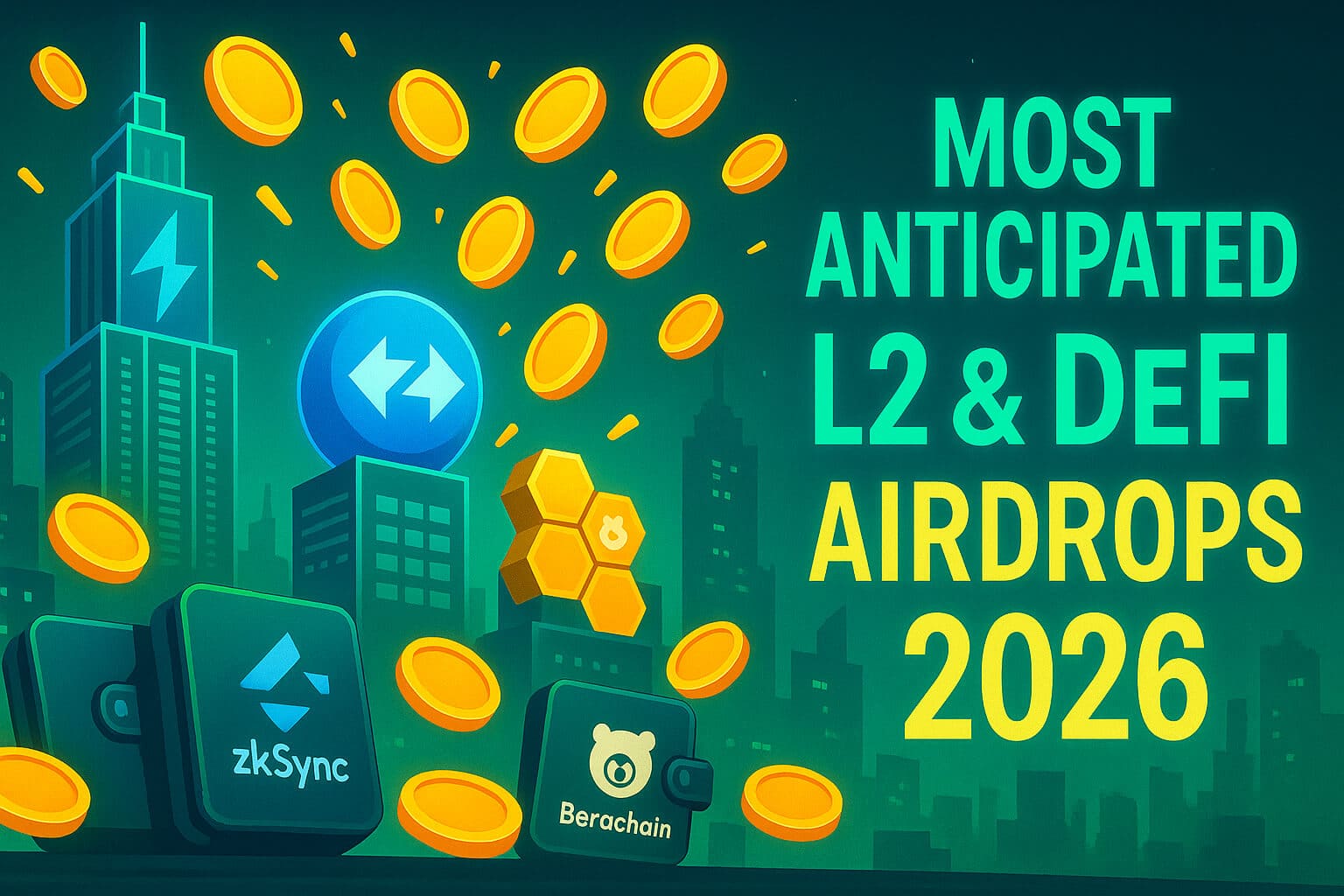Tether Brings USDt to Bitcoin’s Lightning Network: A Major Leap for Crypto Payments
Introduction
Tether has made a bold move by integrating USDt with Bitcoin’s Lightning Network. This development combines Bitcoin’s security and decentralization with Lightning’s scalability and speed, allowing users to send stablecoins efficiently. Unlike traditional blockchain transactions, this upgrade enables instant, low-cost payments without sacrificing Bitcoin’s core strengths.
With stablecoins dominating the crypto market, this integration positions Bitcoin as a viable competitor to Ethereum and Solana for stablecoin transactions. Businesses, traders, and individuals can now leverage USDt on Lightning for remittances, payments, and rapid fund transfers. How will this reshape Bitcoin’s role in global finance? Let’s dive in.
1. How USDt on Lightning Network Improves Bitcoin Payments
Overcoming Bitcoin’s Speed and Cost Limitations
Bitcoin’s slow transaction speeds and high fees have limited its usability for everyday transactions. The Lightning Network solves this by processing payments off-chain before settling them on Bitcoin’s main blockchain. This reduces congestion while ensuring transactions remain secure and decentralized.
Integrating USDt with Lightning provides users with a stable, efficient payment option that avoids Bitcoin’s volatility. Retail transactions, remittances, and micropayments can now happen instantly, making Bitcoin’s ecosystem more practical for financial applications.
For insights on scaling solutions, read How Layer 3 Solutions Are Shaping the Future of Blockchain.
Taproot Assets: The Technology Behind This Integration
USDt’s Lightning expansion is powered by Taproot Assets, a protocol developed by Lightning Labs. This technology enables Bitcoin to support tokenized assets, including stablecoins, while preserving decentralization.
- Security: Transactions remain backed by Bitcoin’s blockchain.
- Scalability: High transaction volumes are processed efficiently.
- Cost Savings: Fees are significantly lower than on-chain transactions.
For a deeper dive into Taproot’s impact, check out How Smart Contracts Are Revolutionizing Business.
2. Why Bitcoin Needs Stablecoins Like USDt
Bringing Stability to Bitcoin Transactions
Bitcoin is often regarded as digital gold, but its volatility makes it impractical for daily payments. Stablecoins like USDt solve this by maintaining a fixed value while leveraging Bitcoin’s security and decentralization. This integration allows users to benefit from Bitcoin’s strengths without exposure to price swings.
Merchants, freelancers, and cross-border workers can now transact in USDt over Lightning without worrying about unpredictable price movements. This move enhances Bitcoin’s role in global finance, making it more competitive with traditional banking systems.
For more on stablecoin adoption, explore How Stablecoins Are Changing the Landscape of Global Remittances.
Strengthening Bitcoin’s Position in the Crypto Market
Ethereum and Solana have been the preferred networks for stablecoin transactions, but Bitcoin’s Lightning integration changes the equation. By supporting USDt payments, Bitcoin enters the stablecoin market as a serious contender.
This shift could drive institutional adoption, as businesses and payment processors begin exploring Bitcoin’s layer 2 capabilities. If successful, it may reshape the balance of power among blockchain networks.
For an in-depth look at stablecoins in finance, read The Growing Influence of Central Bank Digital Currencies (CBDCs).
3. Key Benefits of Using USDt on Lightning Network
Tether’s integration with Lightning brings several advantages:
- Faster Transactions: Payments settle within seconds.
- Lower Fees: Reduces costs compared to traditional banking or Ethereum gas fees.
- Stronger Security: Transactions leverage Bitcoin’s base layer.
- Price Stability: USDt eliminates Bitcoin’s volatility for payments.
- Enhanced Privacy: Lightning offers better confidentiality than on-chain transactions.
For more insights on decentralized finance, check out How Blockchain is Revolutionizing Intellectual Property Management.
4. Competing with Traditional Payment Systems
Challenging Banks and Payment Networks
Traditional financial systems like SWIFT, Visa, and PayPal rely on centralized infrastructure. Bitcoin’s Lightning Network provides an alternative that is faster, cheaper, and borderless. USDt’s integration strengthens this case by offering a stable means of exchange without needing intermediaries.
Unlike traditional payment methods, Lightning-based transactions:
- Bypass banks and work globally.
- Settle instantly, eliminating multi-day delays.
- Reduce costs, making microtransactions feasible.
For insights on crypto payments in business, read Crypto Payment Integration: Challenges and Opportunities for Businesses.
5. What’s Next for Bitcoin’s Lightning Network and Tether?
Expanding Adoption and Developer Support
Tether and Lightning Labs are working with wallet providers and exchanges to enhance USDt’s usability. Future improvements may include:
- Wider Wallet Support: More Bitcoin wallets will integrate Lightning-based USDt transactions.
- Merchant Adoption: Businesses may begin accepting USDt payments on Lightning.
- Financial Products: Lightning-powered DeFi solutions could emerge, offering users additional ways to use USDt.
For more on blockchain innovation, check out How Blockchain Can Improve Transparency in Government.
Conclusion: Bitcoin’s Payment Revolution is Underway
Tether’s integration of USDt with Bitcoin’s Lightning Network marks a major step forward for crypto payments. This move enhances Bitcoin’s practicality, making it suitable for everyday transactions, global remittances, and business payments.
With Lightning enabling instant, low-cost stablecoin transfers, Bitcoin now competes directly with Ethereum and traditional financial networks. As adoption grows, this development could accelerate Bitcoin’s mainstream use and strengthen its position as a global financial infrastructure.
For more insights on crypto adoption, read The Future of Digital Identity with Blockchain.
FAQs
1. How does USDt work on Bitcoin’s Lightning Network?
USDt transactions use Taproot Assets, allowing stablecoins to function on Bitcoin’s layer 2 Lightning Network for faster, cheaper payments.
2. What are the benefits of using USDt on Lightning?
It enables instant, low-fee transactions, combining Bitcoin’s security with stablecoin price stability.
3. Can I use USDt on Lightning with any Bitcoin wallet?
Support is rolling out, and major Bitcoin wallets are expected to integrate USDt transactions soon.
4. How does this impact Bitcoin’s long-term adoption?
This move strengthens Bitcoin’s role as both a store of value and a functional payment network, making it more competitive with traditional finance.
For more insights and detailed guides on cryptocurrency, visit our Crypto Guides Section.
Stay Updated
For the latest updates on cryptocurrency trends and news, follow us on:
- Twitter: https://twitter.com/FreeCoins24
- Telegram: https://t.me/freecoins24
Stay informed with the latest strategies and insights in the world of cryptocurrency at FreeCoins24.io.
Special Offer
For an enhanced trading experience, consider Bybit. Sign up through our referral link to unlock exclusive rewards, including up to $30,000 in deposit bonuses, and elevate your trading journey.

















